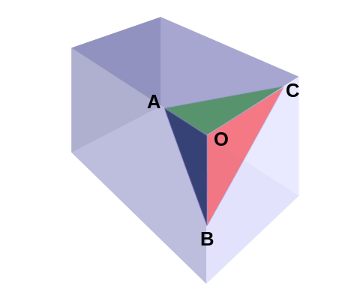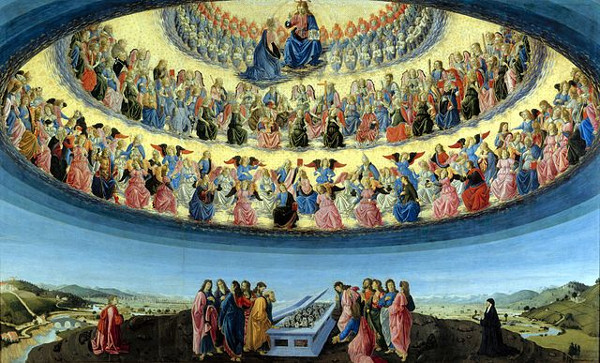In March 1999, fisherman Steve Gowan was fishing for cod off the coast of Essex when he dredged up a green ginger beer bottle with a screw-on rubber stopper. Inside he found a note:
Sir or madam, youth or maid,
Would you kindly forward the enclosed letter and earn the blessing of a poor British soldier on his way to the front this ninth day of September, 1914.
Signed
Private T. Hughes
Second Durham Light Infantry.
Third Army Corp Expeditionary Force.
The enclosed letter read:
Dear Wife,
I am writing this note on this boat and dropping it into the sea just to see if it will reach you. If it does, sign this envelope on the right hand bottom corner where it says receipt. Put the date and hour of receipt and your name where it says signature and look after it well. Ta ta sweet, for the present.
Your Hubby.
Private Thomas Hughes, 26, of Stockton-on-Tees, had dropped the bottle into the English Channel in 1914 as he left to fight in France. He was killed two days afterward. His wife Elizabeth and daughter moved to New Zealand, where Elizabeth died in 1979. Gowan delivered the letter to the daughter, Emily Crowhurst, in Auckland that May. Two years old when her father had left for the war, she was now 86. She said, “It touches me very deeply to know … that his passage reached a goal. I think he would be very proud it had been delivered. He was a very caring man.”





